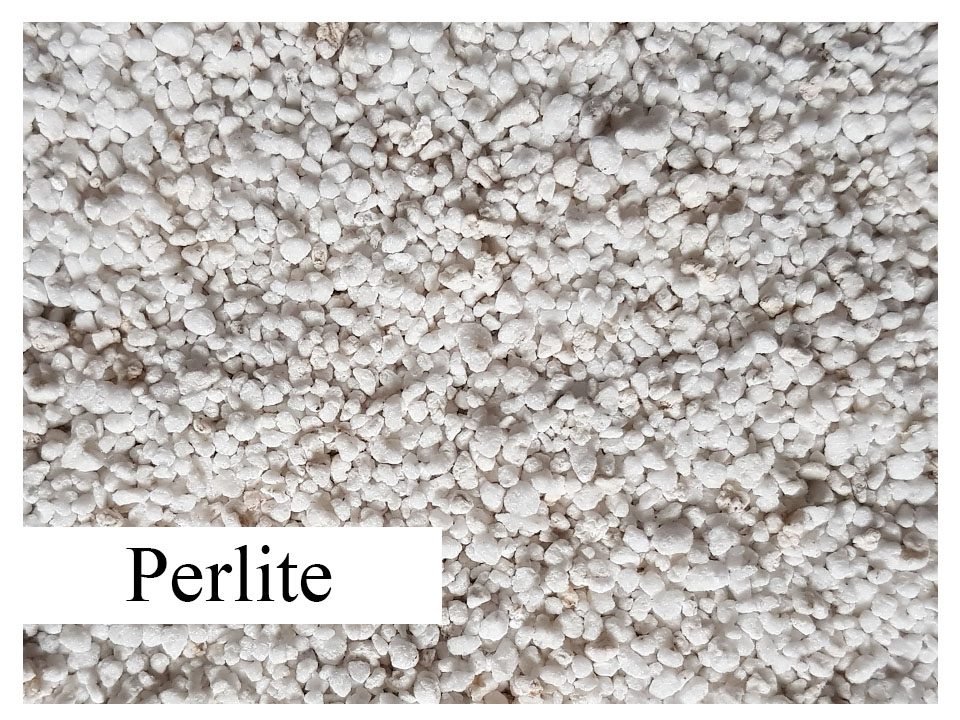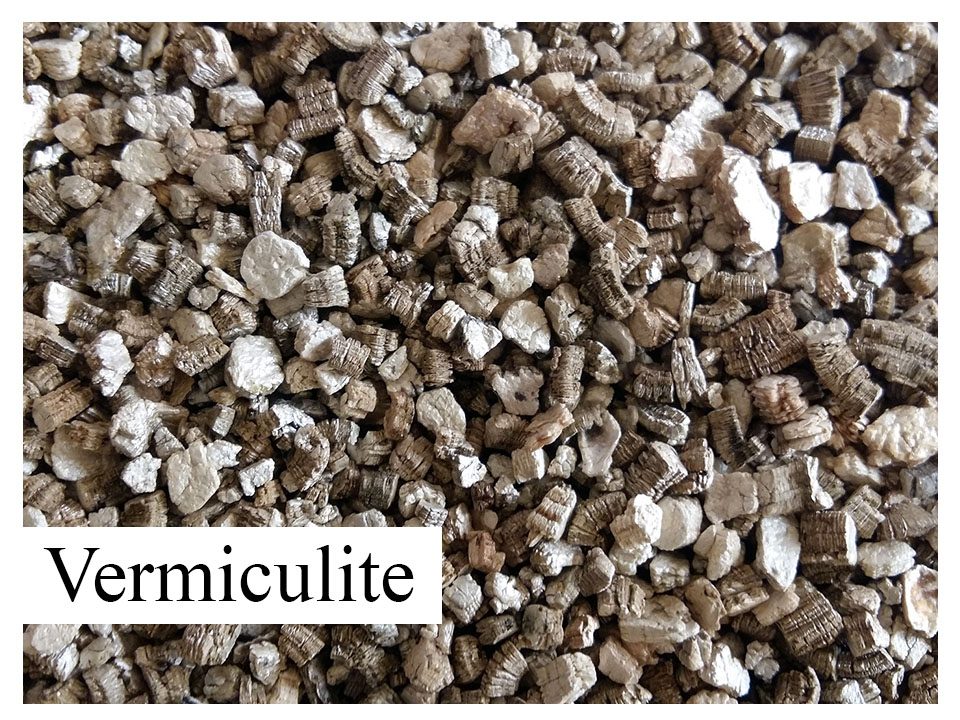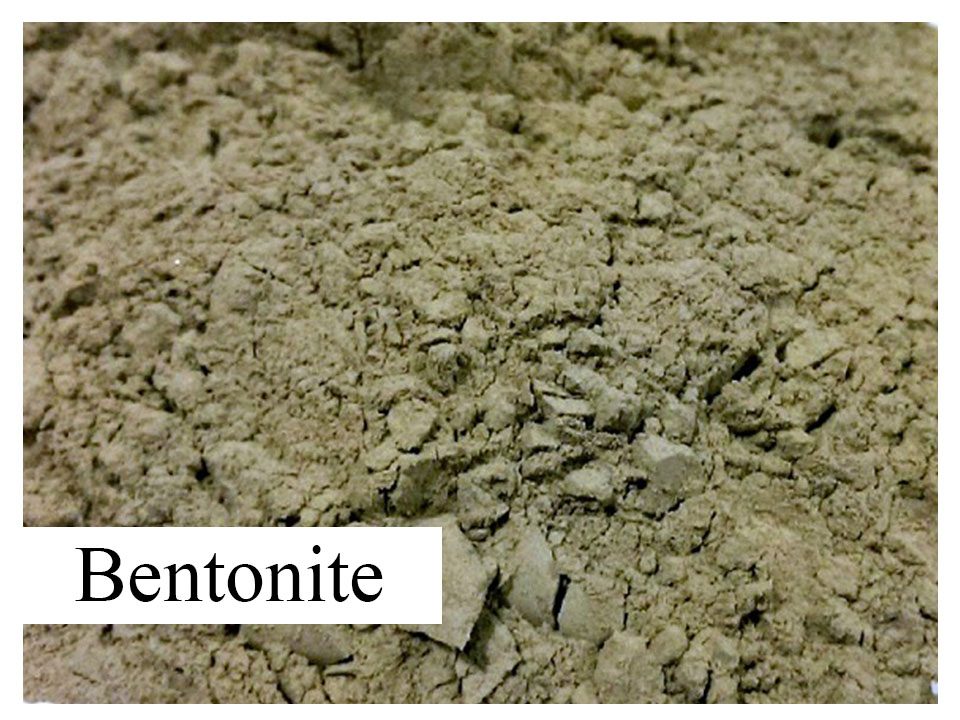BENTONITE
Bentonite is essentially a clay with predominance (75-85%) of the clay mineral montmorillonite (a complex hydrate of aluminum, magnesium and silicon) and containing an exchangeable base — sodium or calcium. Depending on whether sodium or calcium is the dominant exchangeable base, Bentonite is called sodium Bentonite or calcium Bentonite. The former is also called swelling type or (sometimes) true Bentonite and the latter non-swelling type or pascalite or (sometimes) sub-Bentonite. But transitional types between these two are also found in nature. Bentonite is believed to have been formed by the alteration of volcanic ash deposits mostly of Upper Cretaceous age.
USES AND SPECIFICATION OF BENTONITE
We are pleased to inform you that Our Company, Asia Mines and Minerals Development Company (AMMD Co)., is the professional producer and supplier in the field of the mineral product like bentonite of IRAN origin. Our bentonite uses and specification categorized as below:
1. Oil well drilling
Sodium bentonite is used as an additive to the drilling mud to the extent of 20-30% depending on the drilling conditions and the quality of bentonite. Drilling mud serves to lubricate and cool the rotary cutting bits and also to bring the chips and powders up from the borehole. The purpose of adding bentonite is threefold:(i) It should increase the viscosity of the drilling mud.
(ii) It should increase the water suspension of mud.
(iii) It should seal the wall of the hole to prevent fluid loss.
(iv) It should condition the wall rocks to prevent caving.
Approximately 15 tons of bentonite is required for drilling 1000 m. of well.
2. Foundry
The whole system of mould-making, melting of metals, casting of the melt in mould, solidifying the cast metal to produce an object in the form of the mould, and final dressing and finishing of the object is called foundry. Moulds may be of two types:(i) Those made of some metal (e.g., zinc) in which case the mould is called “die” and it is permanent; the casting operation is called “die casting”. (ii) Those made of sand which is called “sand mould” or simply “mould”, and they are generally of the “use-and-throw” kind. The casting operation is called “sand casting”.
A sand mould (hereinafter referred to as mould) for solid cast is made with moist well-bonded sand rammed into the desired pattern by hand or machine, and is suited to casting of metals or alloys. Bentonite is used as a binding agent in casting of both ferrous and nonferrous metals, but more particularly iron. Plasticity when wet, and fusion are the key criteria. High plasticity ensures good binding power, while high fusion point is necessary to ensure that the molten metal/alloy cast does not melt it. Both sodium and calcium types of bentonite can be used.







